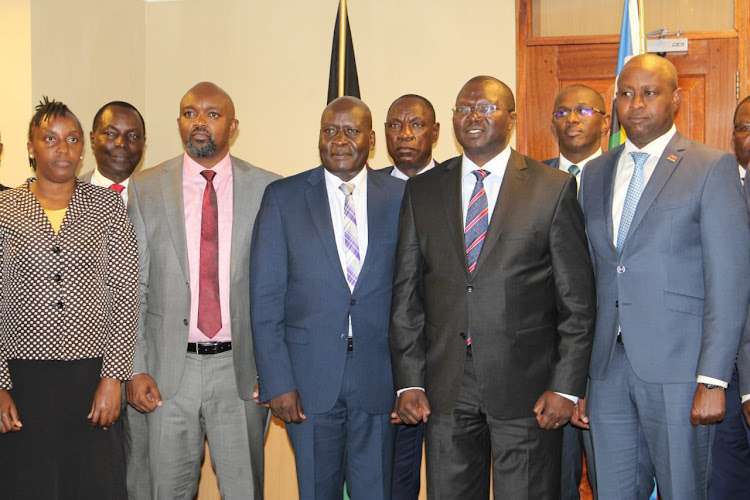Private sector growth in Kenya accelerated to its highest level in ten months in March, driven by improving demand conditions that spurred a solid rise in new orders, according to the latest Stanbic Bank Kenya Purchasing Managers’ Index (PMI).
The headline PMI climbed from 50.6 in February to 51.7 in March—its strongest reading since May 2024 and above the long-run series average of 51.2. This reflects a firmer improvement in overall business conditions at the close of the first quarter of 2025.
The survey highlighted that stronger demand encouraged businesses to boost both output and purchasing activity. However, hiring growth remained subdued, with only a marginal increase in employment levels.
Commenting on the findings, Christopher Legilisho, Economist at Standard Bank, said: “The March Kenya PMI shows a private sector with faster growth in output and new orders, supported by increased customers, good weather, and sustained marketing. However, the upturn was not broad-based, with some firms and certain sectors experiencing the downside of weaker consumer demand.”
The survey revealed robust expansions in services, wholesale, and retail sectors, while manufacturing continued to face subdued demand. Despite this, firms reported higher purchasing activity and growing inventories, signaling some confidence in future demand.
Price pressures softened in March, with inflationary trends easing for the third consecutive month. Increases in input and purchase prices were modest, while staff costs rose only slightly. Legilisho noted: “The agricultural and construction sectors were key drivers of input price increases, but manufacturing input costs declined, contributing to only marginal rises in output prices.”
The data also indicated a slight uptick in average output prices—the smallest since October 2024. Where prices rose, businesses cited higher material costs and tax burdens as the main factors. Conversely, some firms lowered fees to stay competitive and boost sales volumes.
March saw the sharpest rise in new business inflows in over two years, with panellists attributing the surge to new customer acquisitions, successful marketing strategies, and favorable weather. However, several firms struggled to lift sales due to inflationary pressures and customer cash flow constraints.
This sales rebound fueled a notable increase in overall output—the fastest pace since May 2024. Most monitored sectors recorded growth in both sales and production, though manufacturing again lagged, experiencing fresh contractions in both indicators.
Rising sales prompted a surge in input purchases, with the growth rate reaching its highest level in two and a half years, reversing February’s brief decline. This led to a modest buildup in input stocks. Capacity pressures remained limited, however, with outstanding work increasing only slightly. As a result, employment growth across the private sector stayed minimal.
Despite the positive momentum, Kenyan firms remained cautious about the future. Confidence in business activity outlook dropped to its lowest level since the survey began. While some businesses expressed optimism, citing plans to open new outlets and diversify their offerings, many voiced concerns over persistent inflationary pressures, consumer demand constraints, and broader economic uncertainty.





